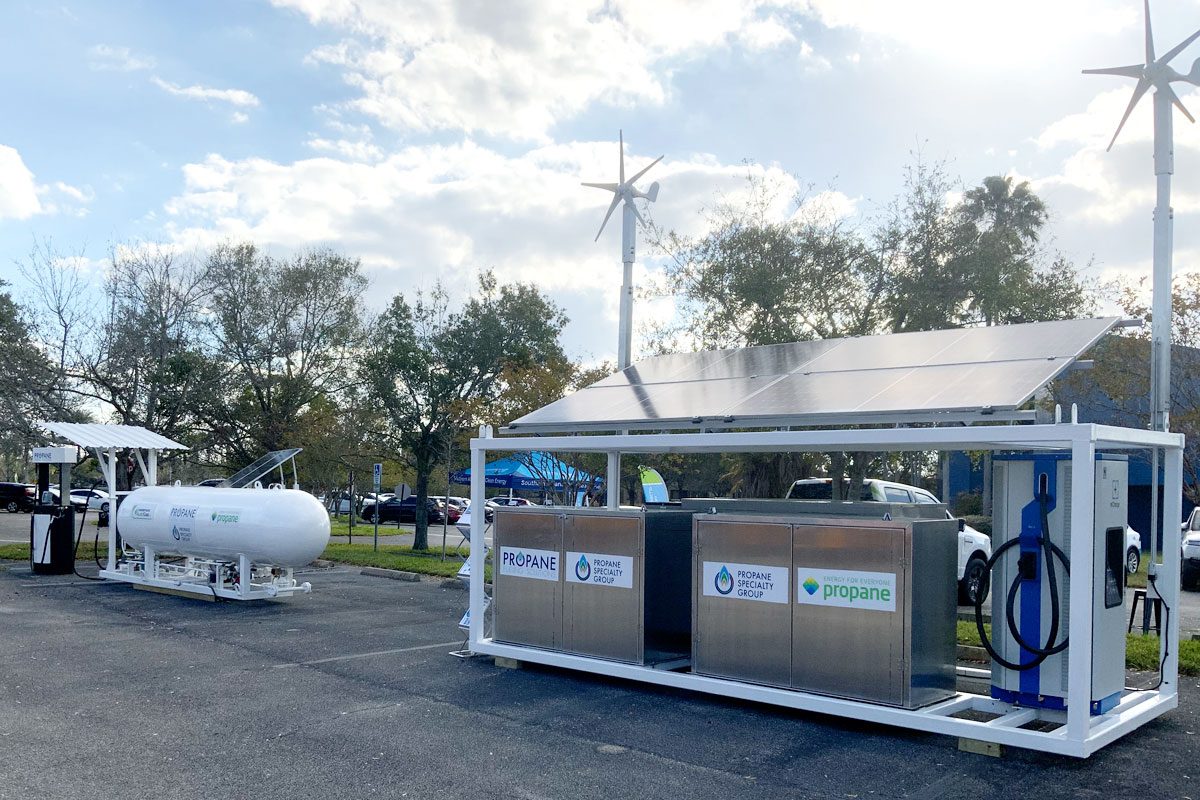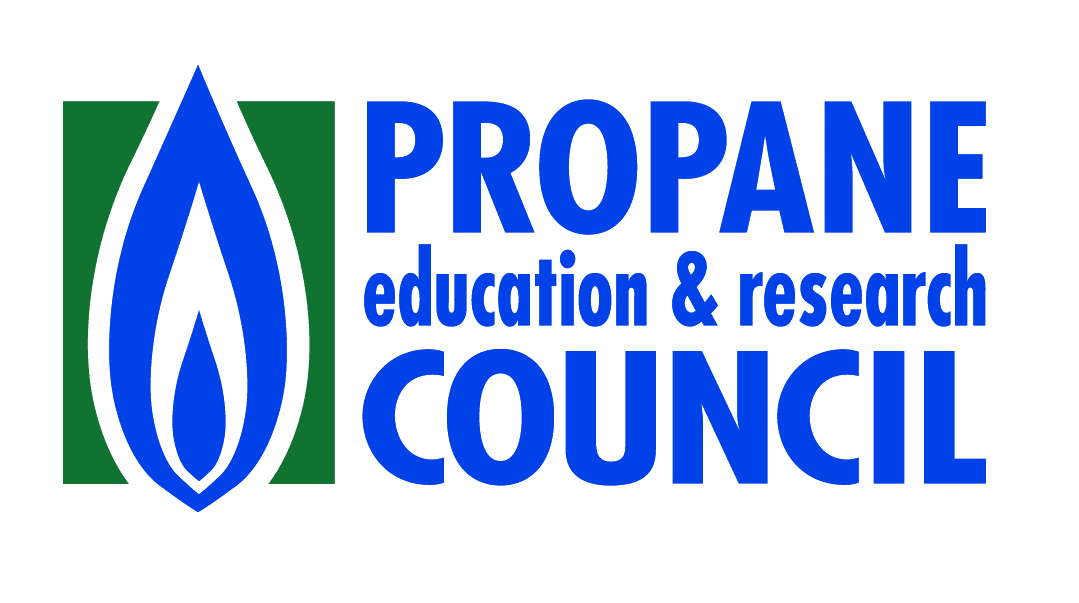As alternative fuel technology continues to grow in popularity and availability, it’s becoming more apparent than ever that it will take a diverse energy mix, working in the applications and duty cycles where they are best suited, to achieve the world’s emissions reductions goals. With that in mind, more and more fleet owners are implementing multiple alternative fuels into their fleet, like propane autogas and EVs, to move further down the path to zero.
As this trend has moved forward, it’s caused a demand for new technology and innovations that make operating a multi-fuel clean fleet as simple as operating one with conventional fuels. That means for a solution to be viable, it needs to be reliable, efficient, and affordable, in addition to being clean.
One of the industry’s latest innovations combines each of those qualities by building off the decades of benefits propane autogas has been able to offer vehicle fleets. Thanks to microgrid technology, propane is now reducing emissions along the path to zero even further as a power generation solution for EV recharging infrastructure.
An example of this new technology is the portable dual-purpose standalone fueling system from Propane Fueling Solutions that can refuel propane autogas vehicles and recharge EV fleets utilizing a microgrid powered by renewable energy sources like wind, solar, and a propane-powered generator. Fleet owners that operate both propane autogas and EV fleets can realize reliable and affordable benefits from the infrastructure.
Reliability When it Matters
Fleet owners can be confident their propane autogas fleets will remain running even during times when the electric grid fails. While other energy sources may be out of commission, propane autogas is a portable energy source that can still be delivered when the electric grid is down, providing these fleets with an added layer of resiliency from interruptions.
Similarly, because this dual-purpose standalone fueling infrastructure is self-contained and disconnected from the electric grid, fleet owners can have peace of mind that their EV fleets will not be grounded. With solar and wind power alongside the propane-powered generator, EVs can recharge regardless of the weather. Not to mention, the system is portable and can be moved and installed in as little as 24 hours in areas where it’s needed most.
Cost-Effective Solutions
At the end of the day, if a clean and reliable solution isn’t cost-effective for a business, it’s not viable; companies need to be financially sustainable to be environmentally sustainable. While it may seem like a dual-fuel infrastructure solution would be more costly because it offers two energy solutions, that’s not the case. Compared to traditional EV charging infrastructure, the dual-fuel infrastructure is significantly less expensive because it doesn’t require the same site prep, permanent housing, or other costly charges that are incurred with permanent infrastructure. In fact, it cuts costs by as much as 75% or more.
As more fleet owners turn to a variety of alternative energy sources to meet the needs of their vehicles, solutions like the dual-fuel infrastructure will make operating a 100% clean fleet possible. It’s through innovative solutions like this that the industry will continue to move further down the path to zero emissions.
For more information on how propane can reliably power vehicles or provide power generation needs, visit Propane.com.
Steve Whaley is the director of autogas business development for the Propane Education & Research Council. He can be reached at stephen.whaley@propane.com. Visit Propane.com for more information.



